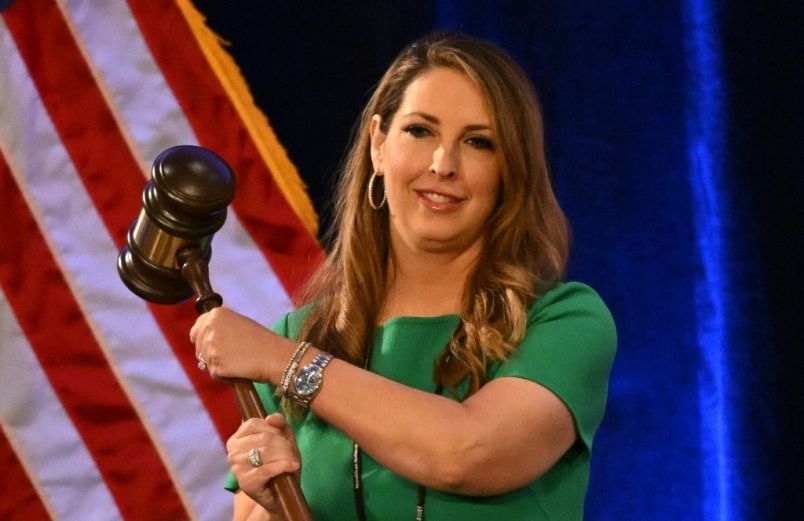By Feb. 2, it was already too late.
That’s the day President Trump issued his travel ban on China, the first high-profile policy dedicated to fighting COVID on a national level. Upon their return, infected Americans were quarantined on military bases around the country, and met by dedicated CDC teams.
But with the news that the first identified COVID death occurred just as the President’s China travel ban went into effect – in Santa Clara County, California on Feb. 6 – the last defense of the Trump administration’s early COVID policy has been fatally undermined.
“We knew that other countries were at risk, and denied that the virus had a major head start on us,” Dr. Amesh Adjala, a senior scholar at the Johns Hopkins Center for Health Security who specializes in infectious diseases, told TPM. “It wasn’t an effective policy.”
The details of the woman’s death remain horrifying, months into the pandemic. After coming down with flu-like symptoms, the woman dropped dead in her kitchen, only to be found by her daughter, the New York Times reported.
The county coroner initially thought that the woman was a heart attack victim, but subsequent testing revealed the true culprit: COVID-19.
President Trump has touted his China ban as as evidence that his administration acted quickly to respond to COVID, using it as the keystone of a broader argument against claims that the government dithered as coronavirus spread.
Trump has claimed that the China ban saved “thousands” of lives, and that “cutting off” travel to China prevented the virus from spreading further.
“I cut off China very early,” Trump said in an April 2 news conference. “And if I didn’t, we would have a chart that you wouldn’t believe.”
More recently, Trump claimed that the China ban saved “a billion” lives or more.
"It could have been billions of people if we had not done what we did" — Trump absurdly claims that his move to restrict travel from China saved a billion or more lives pic.twitter.com/GbkI4ozs8F
— Aaron Rupar (@atrupar) April 18, 2020
As of this writing, the number of U.S. deaths from COVID-19 had exceeded 50,000.
The President’s co-partisans have touted his China ban. In a series of bizarre video appearances earlier this week, Rep. Dan Crenshaw (R-TX) proclaimed that the ban showed President Trump was ahead of the World Health Organization.
This is so worth watching. @billmaher gives voice (respectfully) to his real concerns on Corona – which we’ve heard from many of Trump’s critics – and @DanCrenshawTX addresses each one with facts. pic.twitter.com/useB0gIRv4
— Megyn Kelly (@megynkelly) April 20, 2020
But Adjala said that the early death in Santa Clara “bears out the hypothesis” that the virus was already in the U.S., meaning that it was spreading actively among Americans before the China ban was issued.
At the time, doctors were under instruction to test only people who had both COVID symptoms and a history of recent travel to Wuhan.
Accordingly, the Trump administration banned travel from China, based in part on the now-incorrect theory that the disease had yet to make it to the United States, and could therefore be contained.
“We knew how respiratory viruses work, it’s by definition not containable,” Adjala said. “It’s everywhere by the time you notice it.”
The Feb. 6 COVID-19 death suggests that “the cat was already out of the bag, and the focus should have been on addressing community spread,” according to Dr. Celine Gounder, an infectious disease specialist and assistant professor at NYU-Langone Health.
“If all you do is prevent new cases from coming in from the outside, then the community spread is going to keep going,” Gounder said.
Gounder added that the Trump administration’s border policy in the early stages of the pandemic failed on its own terms. Forty-thousand people traveled from China to the United States after the travel ban was put in place, not to mention the thousands of Americans who repatriated following the ban.
“There were loopholes in that,” Gounder said. “It was done more on the basis of what passport you carried and what your citizenship was as opposed to where you travel.”
She added that it would be difficult to enact effective COVID quarantines as well, given that asymptomatic carriers can infect many others.
To Adjala, the problem was as much in a mindset which dictated that the disease was foreign, and could somehow be contained as anything else.
“The idea that you could quarantine people at Air Force Bases was unjustified,” Adjala said. “The virus was on both sides of the quarantine fence.”






